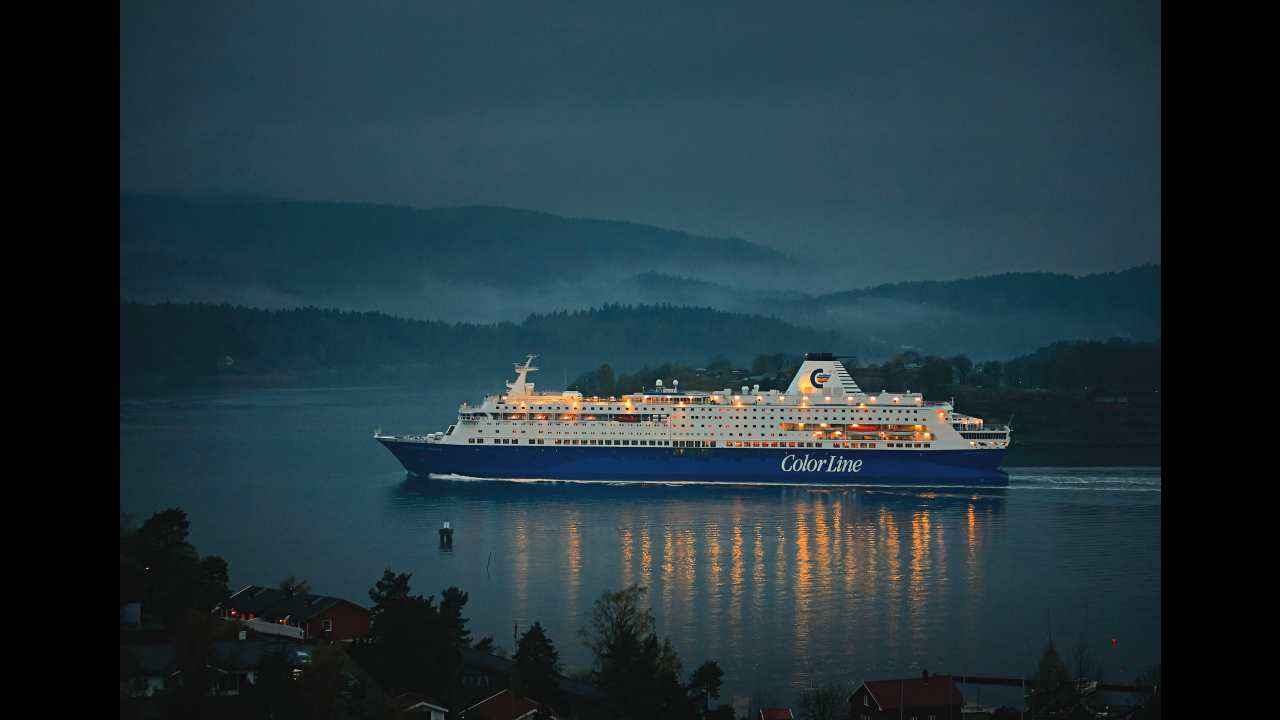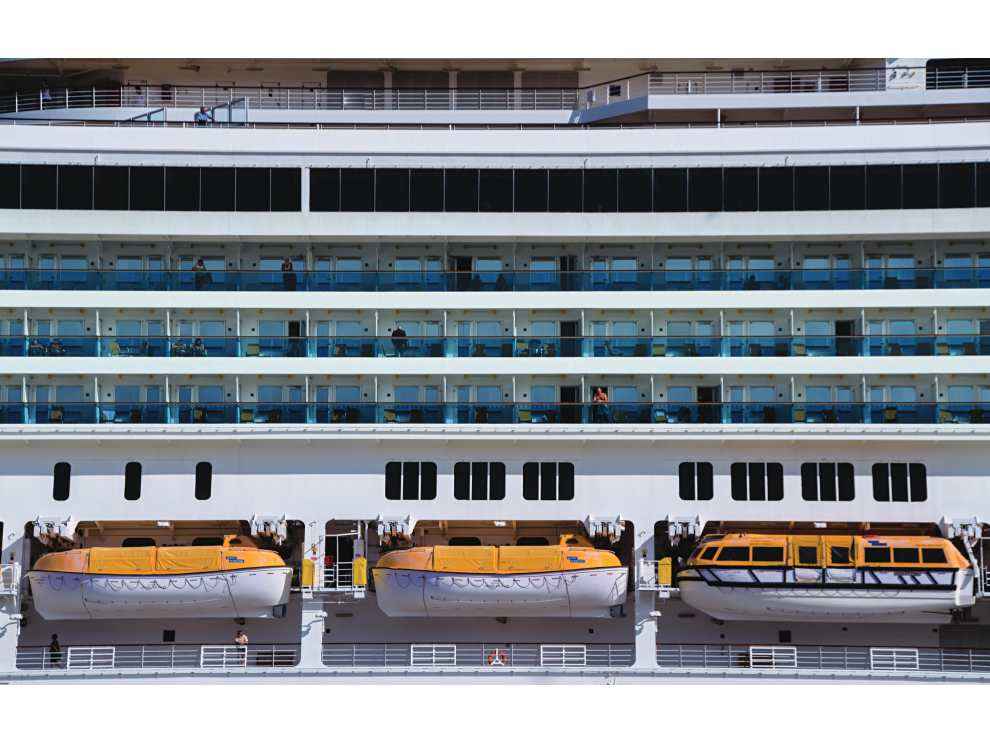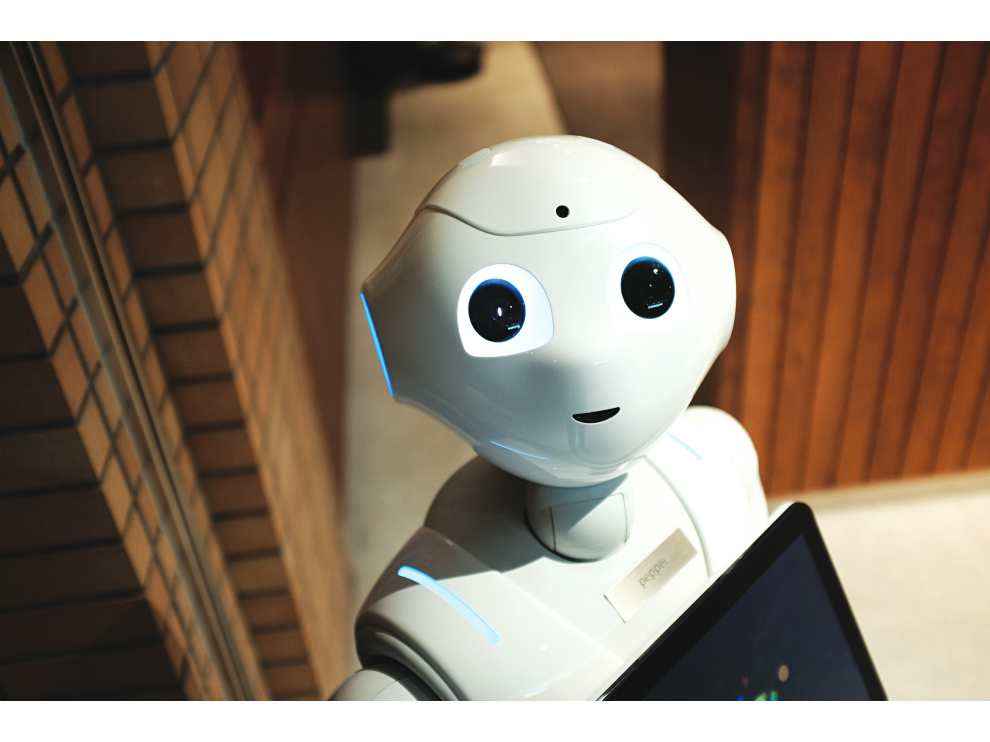Fascinating tech on cruise ships

Take a voyage across the technology on cruise ships and their future of all the different holiday experiences you could have, going on a cruise ship occupies a special place. Aside from the glitz and comfort cruises offer, there is also the allure of getting away from the maddening crowd on land, to skim across the silvery oceanic waters. But none of these would be possible without the technology that backs cruise ships. So, let's sail across the technologies that make dream-like holidays a reality.
 Survey
SurveyTech on cruise ships
The building and maintenance of cruise ships make use of some formidable science and technology. Here, we take a look at them.
Saving energy while being docked
The main engines and generators in a ship produce way more energy than required when the ship is docked. The bulk of the energy generated in a ship goes into moving it on the waters. For instance, about eighty five percent of energy from a diesel electric plant is used to power the ship's propeller. Typically, separate, smaller generators create the power for purposes other than propulsion, like keeping the lights and air conditioning on. However, it's not unheard of for energy to be derived from the main engine to power such functions while the ship is docked. The downside of this is the increase of emissions. To tackle this problem, it's becoming common today to fit ports and ships with systems so that ships could be plugged into an electric grid on shore when they are docked.
Environment-friendly crusises
In the age of global warming, concerns about the negative impact of emissions are common. This is true in the cruise industry as well. To minimize adverse environmental impact, many ships these days are powered using Liquefied Natural Gas or LNG. The original engines of these ships are altered so that they can burn natural gas, which is converted and stored in its liquid form. The LNG is stored in insulated tanks, at 260 degrees temperature below zero. This brings down the emission of carbon dioxide by 20 percent and nitrogen oxides by around 80 percent. Another environmentally friendly technology in cruise ships is the hybrid propulsion plant. Following a similar principle used in hybrid cars, these plants use two kinds of power systems- battery packs and diesel engines. The batteries provide emission-free voyage. However, the battery capacity leaves much to be desired at present. As capacity improves, the reliance on diesel engines will come down even more. Attaching small air bubbles under the ship's hull is another way to make cruise ships environment-friendly. These bubbles bring down the surface area of the hull that comes in touch with the sea. This reduces the friction which slows the ship down which translates to better fuel efficiency by up to 10 percent.
The power source
Lugging around mammoth cruise ships is no small feat. Therefore, the engine room which powers the ship is rarely small. In fact, engine rooms are typically of a height of three decks or more. To minimize the space it takes up, the engine room is usually divided into small compartments, each containing a single element like the air con system or main engines. Ships also usually have multiple equipment of the same kind, so that if one fails, there's a fall-back option. The most common type of engine used in cruise liners today is the diesel engine. To learn how diesel engines work in ships, it's worth looking at how their predecessor, the steam engine, works. In steam engines, the giant pistons are pushed up and down by the steam pressure that forms in chambers. These pistons were, in turn, linked to a crankshaft. So the vertical movement of the pistons get converted into a circular motion. The crankshaft is linked to the propeller which would turn faster, the faster the pistons moved. And the faster the propeller rotated, the faster the ship moved.
In contemporary cruise ships, the principle remains the same. The way power is created is different. Instead of steam, the power to push the pistons up and down is created by burning of diesel fuel. Engines turn a crankshaft at high speed, sometimes at thousands of revolutions per minute. For this reason, gears are used to link the engine to the propellers. The propellers, in turn, rotate at a slower rate, about 250 revolutions or less per minute. The gears help the engine rotate at higher speeds and the propellers at optimal speed.
The unique grid design of cruise ships
The grid-like structure of cruise-ships may be evocative the honeycomb. But this structure requires high levels of engineering and artificially bolstered material to build. The structure itself is necessitated by two factors. One is to accommodate as many compartments/spaces in a limited area. The other is the idea of making a cruise ship feel personal notwithstanding its cavernous size. To this end, having more compartmentalised spaces each with different features helps. Essentially, the grid structure incorporates a row of webs that starts at the hull and then proceeds from there up towards the beams. Some of these webs are propped up by giant sheets of steel.
Tech that works inside the ship
Since passengers are the most important factor for cruise businesses, some of the fanciest tech in cruises are to be found inside ships, to help create great customer experiences.
Old tech, new use: Radio frequency
Radio frequency can be tapped to make passengers’ life more comfortable on cruise ships. For instance, with wearable tech that uses radio frequency, passengers can link it to an app which in turn, can be used to order foods and drinks. Also, the device would automatically open the door to the passenger’s cabin upon his or her arrival.
Robots to guide you inside the ship
A cruise ship with multiple decks isn’t the easiest space to get around. Many ships provide smart tech, such as an interactive app, which will provide you with a map and guide you to your destination. There could even be a visual demonstration of how to reach there within the app.
Further up the savviness ladder is a robot that some cruise services provide. Such robots can give you the necessary directions that will help you get to the desired point inside the ship.
Artificial intelligence
One common complaint about cruise ship rides is the high boarding times. Usually, it could take from 60 to 90 minutes. But with facial recognition technology that runs on AI, smart cruise ship service providers are bringing down the boarding time. By using a camera that can identify passengers even as they board, the latter won’t have to subject themselves to the lengthy manual verification of documents.
Tech for kids
Cutting edge play areas and games are becoming the norm in cruise ships. In some ships, kids get to shape their own creations using interactive computers which then can be 3D printed. There are also tech such as the multimedia tablet that looks like a giant interactive tablet that helps kids share music and messages with each other.
Future
In the cruise ship industry, these are some of the things that are being envisioned for the future.
Shape shifting rooms
The cruise ships of the future will also have space restrictions. To tackle the lack of adequate space, an ever-changing internal space is being researched. This is a space that would change in function – from a dining area to a dance floor or a lounge – as per the need. Nanotechnology, which helps manipulate surfaces, is posed as the main contender to bring this idea to fruition.
Virtual spaces
It is not uncommon for passengers to yearn for the stability of land or the various delights land offers, such as visiting a park or a famous landmark. This is true even in the case of cruise trips, particularly so in the case of trips of longer durations. This makes the idea of virtual spaces created with virtual reality (VR) technology a meaningful technological intervention. These spaces could essentially simulate the places on the land. VR is already being used for various applications including gaming. And as the technology gets more refined to bridge the gap between reality and fiction, the idea of virtual spaces in cruise ships could possibly become real.

